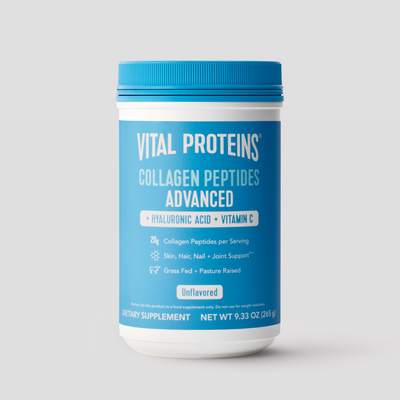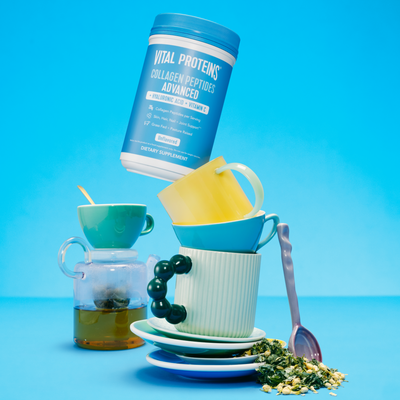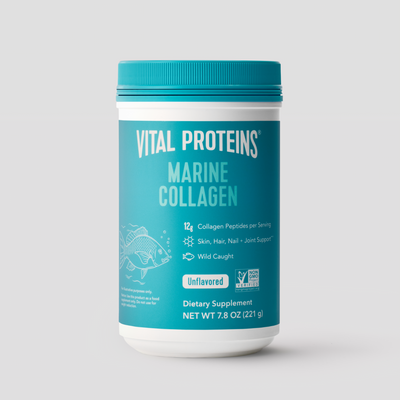The changing of seasons brings an array of delicious fall vegetables and foods, offering stellar nutrition profiles and a strong flavor profile. Winter squash, especially, can be a great addition to cozy fall dishes. With so many varieties to choose from, we've broken it down for you so you can feel confident in choosing and cooking with different varieties of winter squash.
Where Did Squash Originate?
Squash, along with corn and beans, is believed to have originated in Mexico and Central America about 7,500 years ago. Native Americans shared squash with the European settlers, who likely took the seeds back to their countries, helping squash gain its popularity today.
Since squash contain the seeds of the plant, they are technically considered a fruit, though they are often served with vegetables and identify as a vegetable.
How Many Varieties of Squash Exist?
From summer squash to winter squash and everything in between, there are likely over 50 varieties of squash grown in the United States alone. Acorn, spaghetti, delicata and butternut squash, as well as pumpkin, are some of the more popular winter squashes that become available in the fall.
The natural season of “winter squash” and pumpkins runs from late summer to mid-winter, though some varieties are available year-round.

What Is the Nutrition Profile for Squash?
While winter squash are typically known for their high starch content, they also offer a slew of other nutritional benefits. Squash, though naturally low in fat and calories, have a high concentration of antioxidants, such as beta-carotene, as evidenced from the bright orange and yellow flesh. Squash are also high in fiber, Vitamin A, Vitamin C, B-Vitamins, Omega-3 fatty acids, copper, manganese, potassium, folate and Vitamin K. For these reasons, they make great accompaniments and side options to many meals and recipes.
How Do I Know When Squash Is Ripe?
When choosing squash, look for squash with hard, blemish-free skins as bruises, cuts and soft spots can affect both flavor and the storage time of squash. Typically, the deeper the hue of the squash, the riper it is. Choose a squash that feels heavy for its size to ensure the best flavor and longest shelf life.
Compared to summer squash, winter squash has a much longer storage life. Winter squash does not need to be refrigerated and can be stored in a cool, dark place for a month or more.
Related Articles
The Best Types of Squash
As you may guess, spaghetti squash is best known for its spaghetti-like strands and texture that pull apart easily after cooking. Because of this, it can be eaten as “spaghetti” or mixed into other pasta dishes.
Butternut squash is perhaps the epitome of starchy fall flavors. Baking it brings out its natural sweetness, and it makes a great addition to soups, stews, chilis and salads. You can also mash it into pastas and puree it into sauces.
Acorn squash, aptly named for its acorn-like shape, is ideal for roasting, baking, steaming, mashing and sautéing, making it very versatile. Its shape also makes it a perfect vessel for stuffing with other vegetables, cheeses and seeds.
Delicata squash is perfect for decorating and slicing in scalloped circles or halves. Delicata squash has a creamy and soft texture with an earthier taste than other squash varieties.
The depth of the winter squash family and array of flavors and textures makes them a versatile ingredient for a variety of fall dishes. Whether you’re looking to add a pop of color, a soft and creamy texture or boost the nutritional content of a dish, keep the winter squash family top of mind.

















